
Top 10 Must-See Attractions in Rome
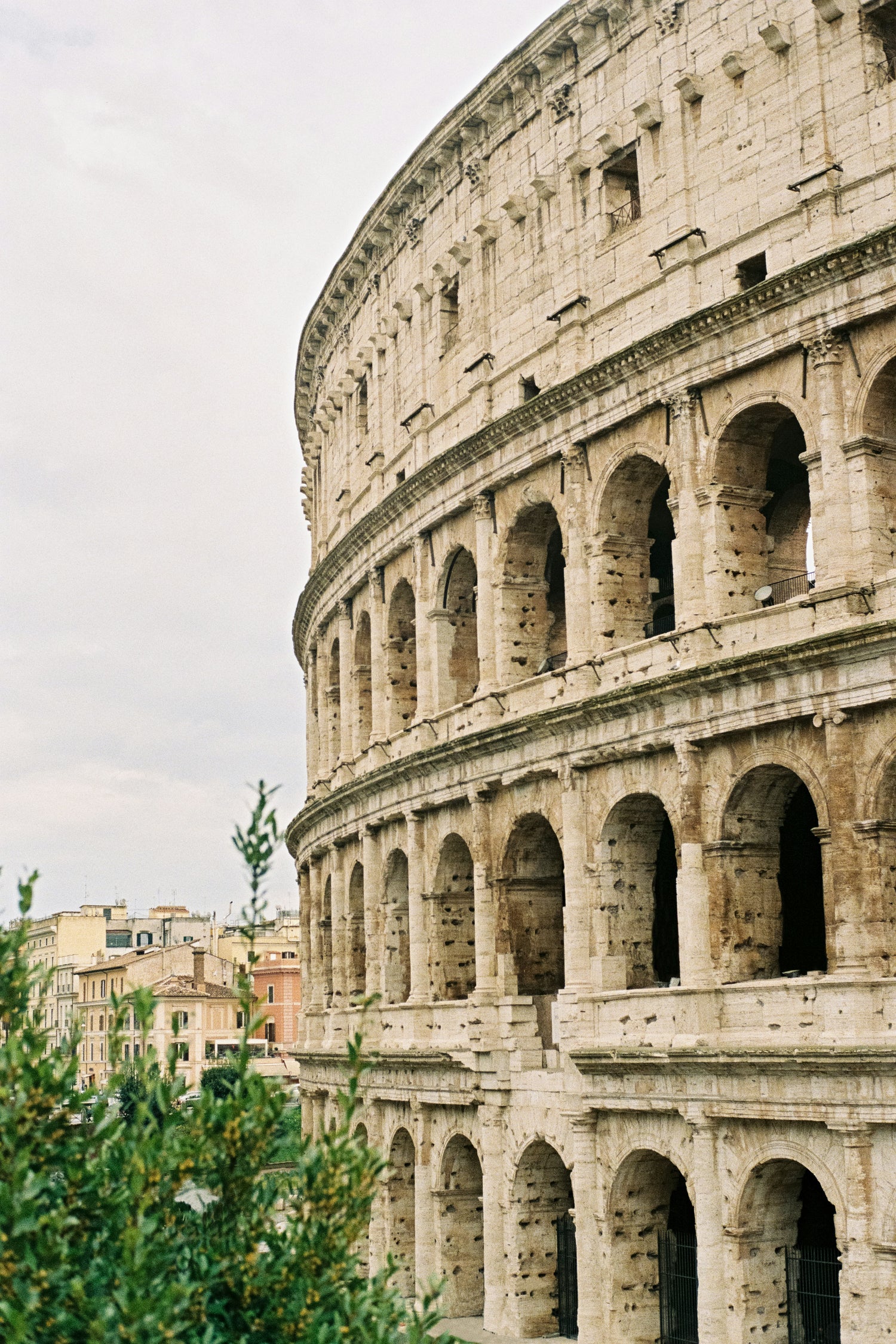
1. Colosseum
The Colosseum in Rome, Italy, is an iconic symbol of ancient Roman engineering and culture. Built between 70-80 AD, this massive amphitheatre could hold up to 80,000 spectators, who gathered to watch gladiatorial contests, animal hunts, and other public spectacles. Made primarily of stone and concrete, the Colosseum showcases the architectural prowess of the Romans with its complex system of vaults and arches. Despite suffering damage from earthquakes and stone robbers over the centuries, the structure remains remarkably well-preserved. Today, it stands as a UNESCO World Heritage site, drawing millions of visitors each year to marvel at its grandeur.
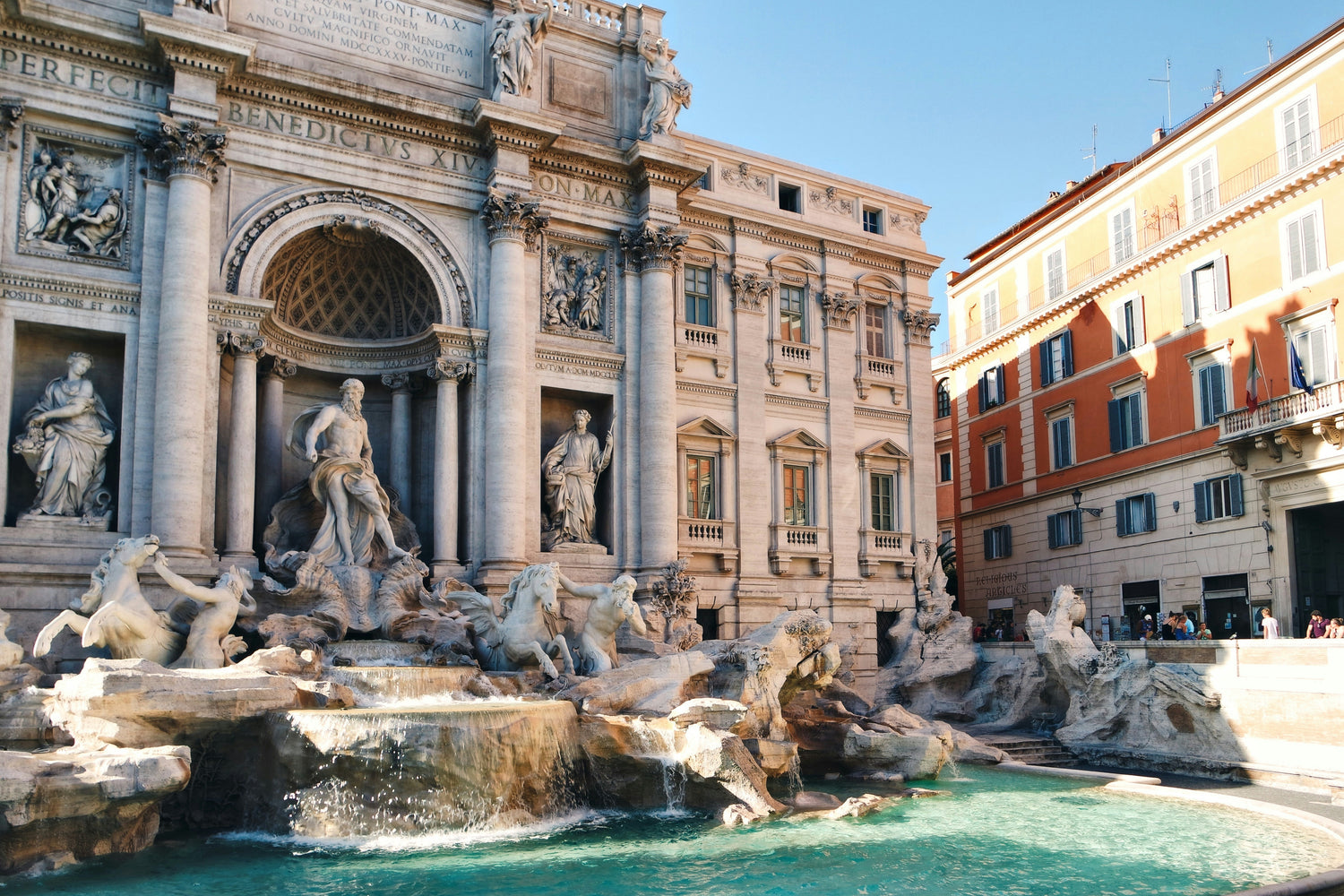
2. Trevi Fountain
The Trevi Fountain, located in Rome, is one of the city's most famous landmarks. Built in the 18th century, it exemplifies Baroque architecture with its dramatic sculptures and flowing water. The fountain stands 26 meters high and 49 meters wide, depicting Neptune, the god of the sea, surrounded by mythical figures. Tradition holds that tossing a coin into the fountain ensures a return to Rome. The sparkling waters come from an ancient Roman aqueduct, making the Trevi Fountain not only a tourist attraction but also a testament to Rome's rich history and impressive engineering heritage.
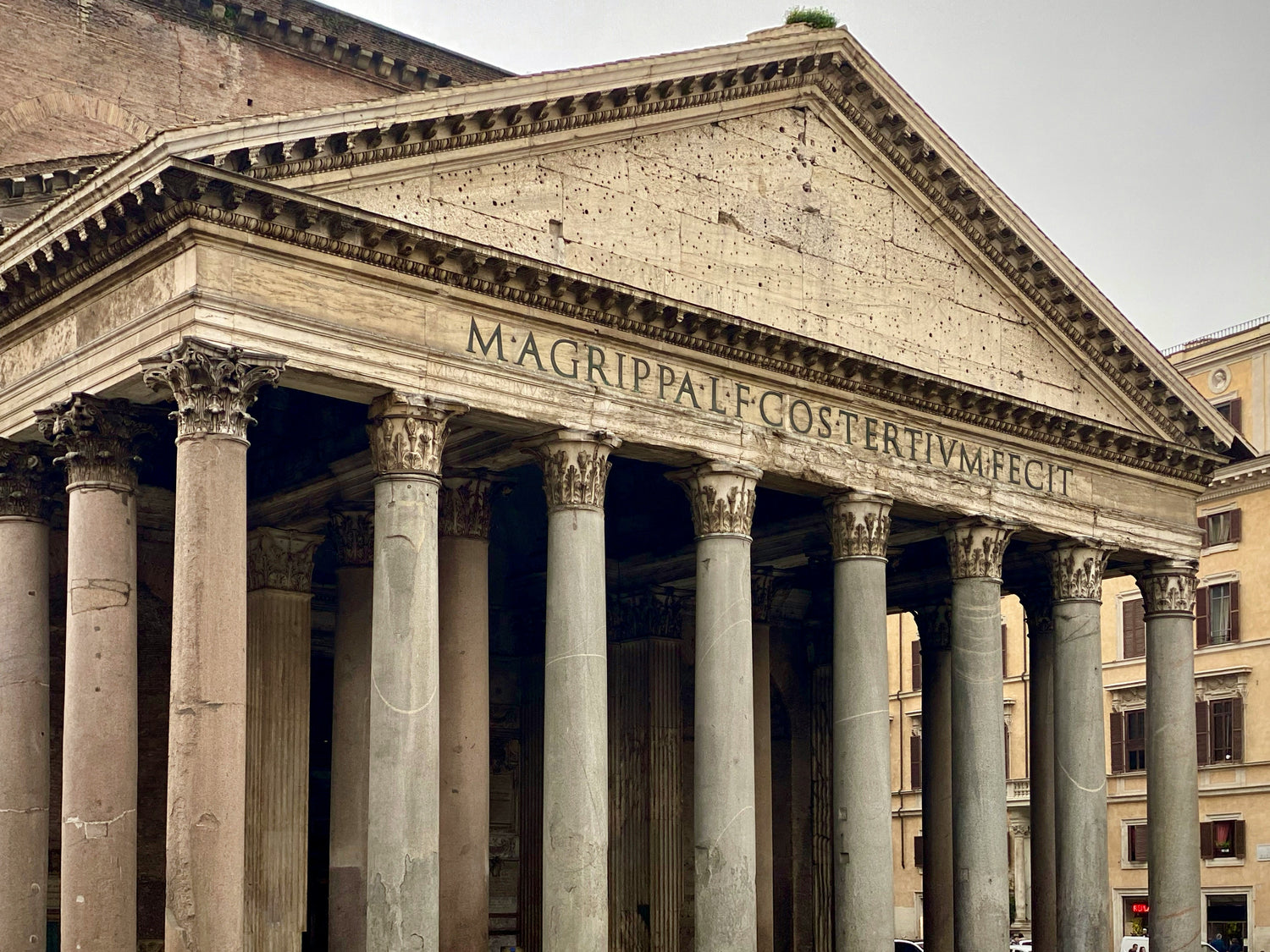
3. Pantheon
The Pantheon in Rome is a marvel of ancient Roman architecture, originally built as a temple for the gods around 126 AD. Known for its massive dome, the Pantheon features a 43-meter-wide oculus, an opening at the top that allows natural light to illuminate its interior. The dome remains the largest unreinforced concrete dome in the world, showcasing Rome's architectural innovation. The building’s harmonious proportions and intricate design have inspired architects for centuries. Now a Christian church, the Pantheon also houses the tombs of Italian kings and the artist Raphael, making it a historical and cultural treasure.
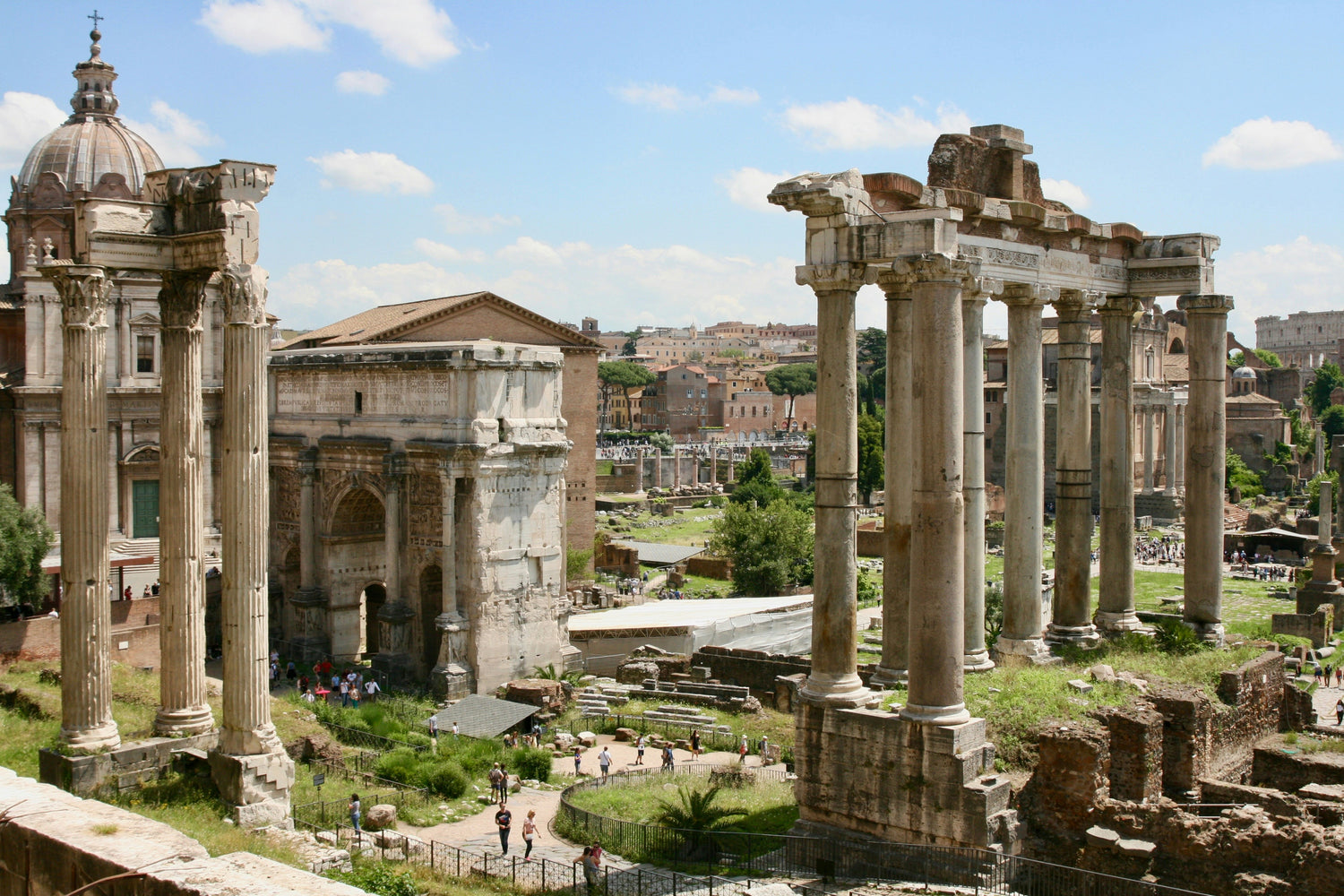
4. Roman Forum
The Roman Forum, once the center of ancient Rome, served as a hub for political, social, and religious activities. This sprawling area housed temples, basilicas, and government buildings where public speeches, elections, and trials took place. Constructed over centuries, the Forum reflects Rome's evolving power and influence. Today, visitors can explore its ruins, including the Temple of Saturn and the Arch of Titus, gaining insight into the heart of Roman civilization and its impressive architectural achievements.

5. Piazza Navona
Piazza Navona, one of Rome's most famous squares, is known for its lively atmosphere, baroque architecture, and vibrant history. Built on the site of an ancient Roman stadium, it now features three stunning fountains, including Bernini’s Fountain of the Four Rivers. Surrounded by cafes, restaurants, and historic buildings, Piazza Navona is a popular spot for both locals and tourists. Street artists, performers, and vendors add to its charm, making it a must-visit destination for those seeking to experience Rome’s rich culture and architectural beauty.
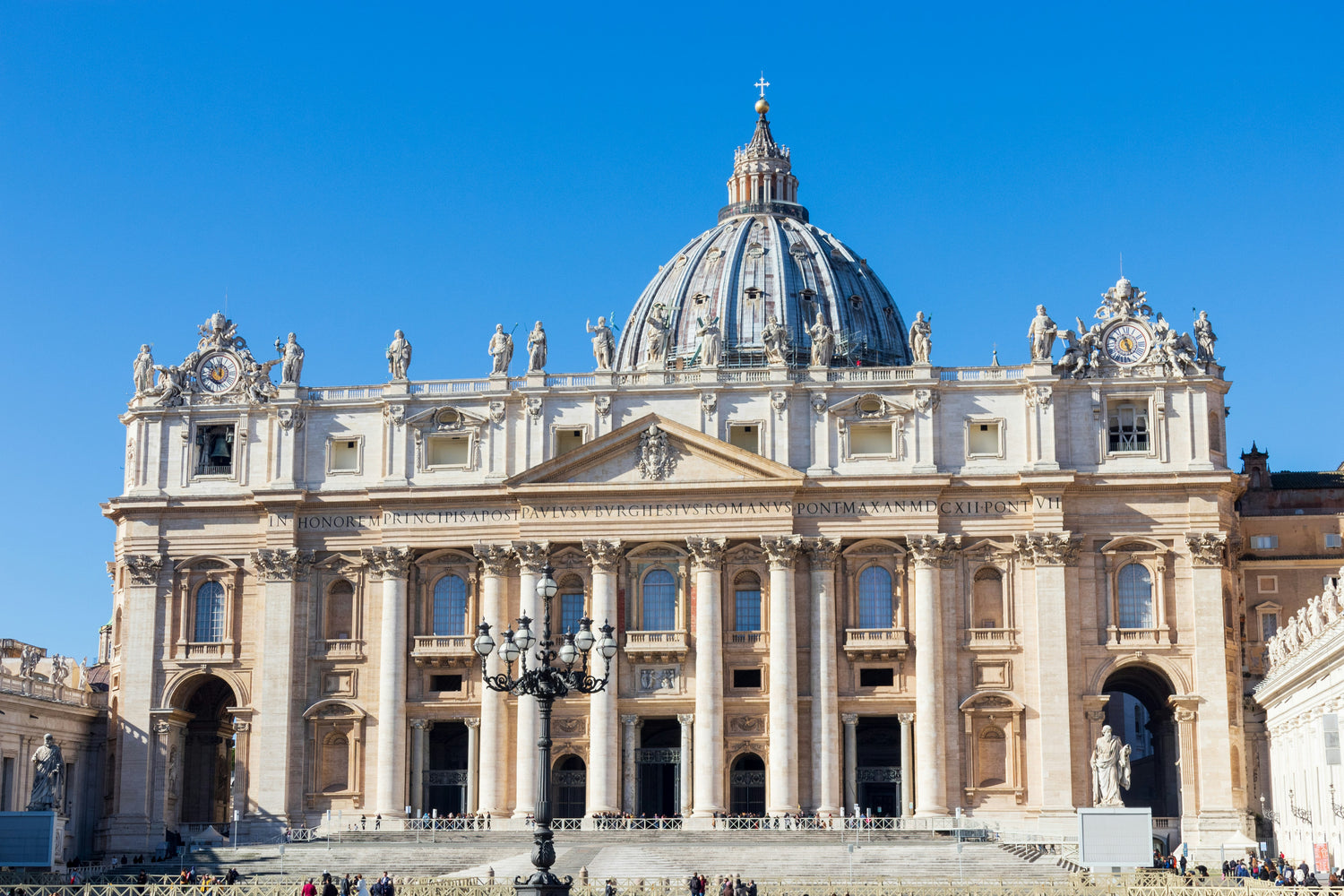
6. St. Peter's Basilica
St. Peter's Basilica, located in Vatican City, is one of the most renowned religious and architectural landmarks in the world. Built during the Renaissance, its majestic dome, designed by Michelangelo, dominates Rome's skyline. As the spiritual center of the Catholic Church, it is believed to be the burial site of St. Peter, one of Christ's apostles. Inside, visitors can admire intricate artwork, including Michelangelo’s famous Pietà. The basilica’s grandeur, combined with its historical significance, draws millions of pilgrims and tourists each year.
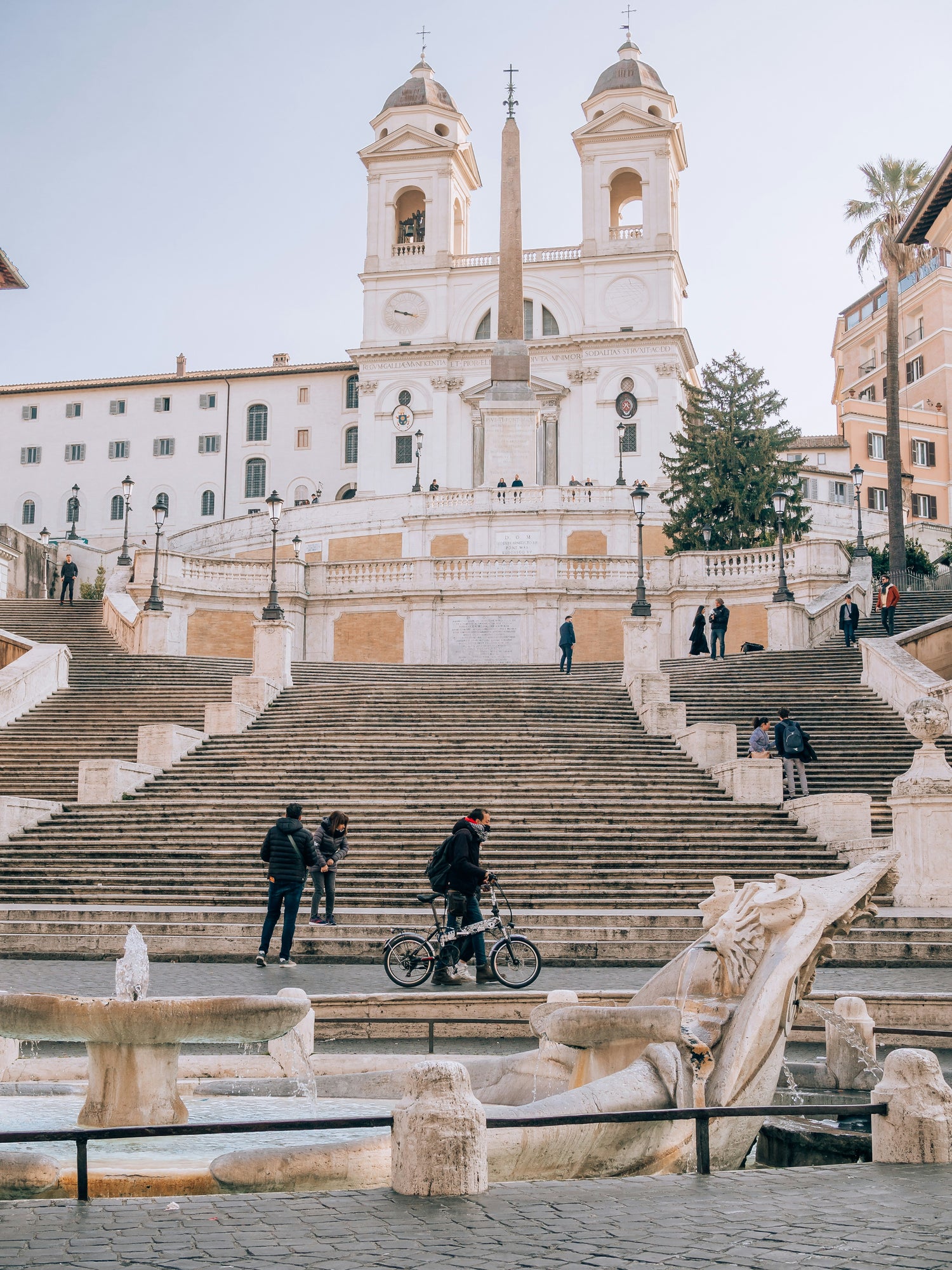
7. Spanish Steps
The Spanish Steps, located in Rome, are an iconic 18th-century landmark connecting Piazza di Spagna with the Trinità dei Monti church. Comprising 135 steps, this elegant staircase is a popular gathering spot for both locals and tourists. At its base lies the famous Barcaccia Fountain, designed by Bernini. The steps are surrounded by luxury shops and cafes, making them a prime destination for leisure and people-watching. The Spanish Steps also serve as a venue for cultural events and fashion shows, adding to their timeless allure
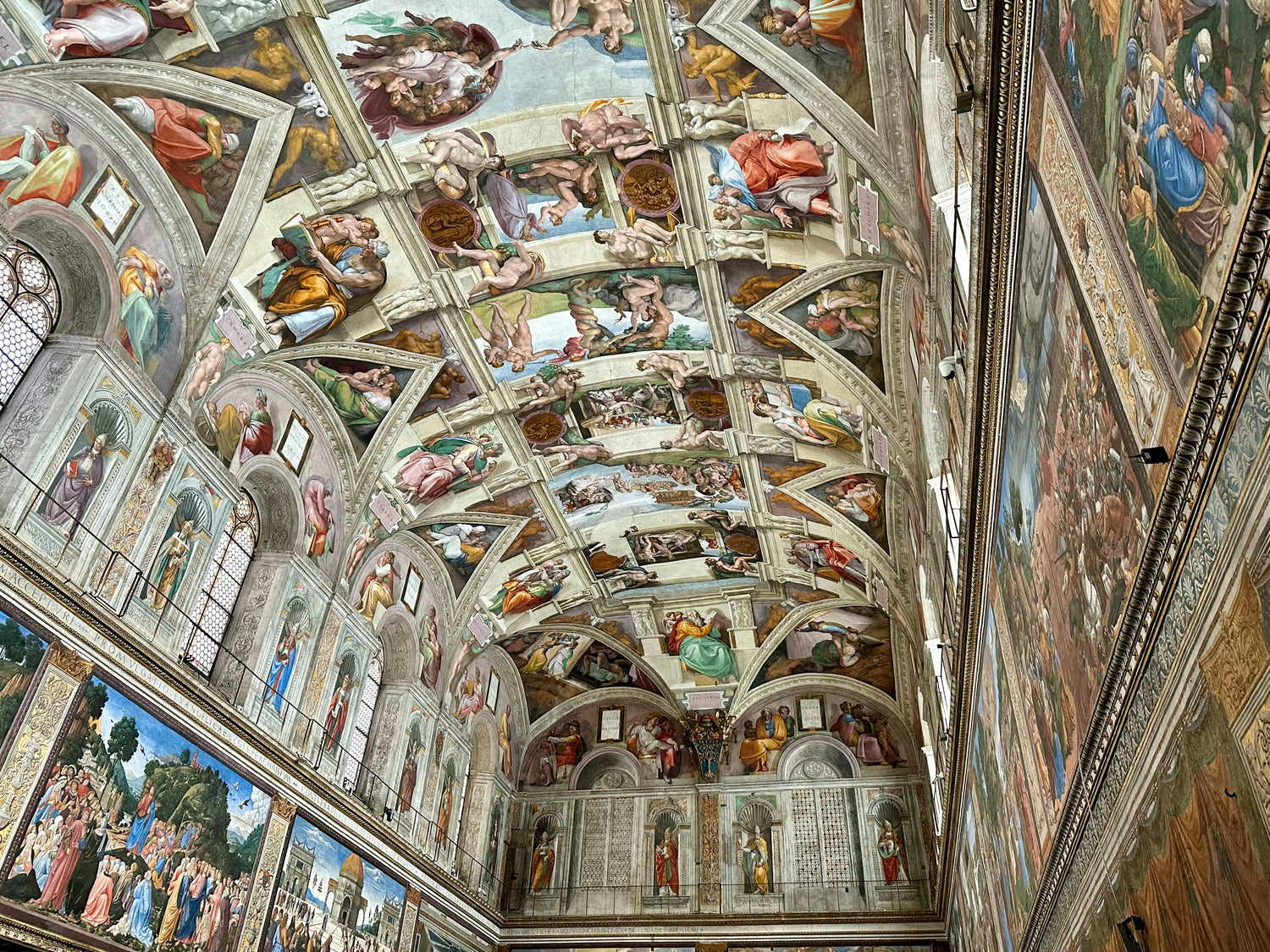
8. Sistine Chapel
The Sistine Chapel, located in Vatican City, is world-famous for its breath-taking frescoes, particularly Michelangelo’s masterpiece on the ceiling. Completed in the early 16th century, the ceiling depicts biblical scenes, including the iconic "Creation of Adam." The chapel is also known for "The Last Judgment," painted by Michelangelo on the altar wall. As the site of the papal conclave, where new popes are elected, the Sistine Chapel holds deep religious and cultural significance, attracting millions of visitors annually to admire its art and history.

9. Castel Sant'Angelo
Castel Sant'Angelo, originally built as a mausoleum for Emperor Hadrian in 135 AD, is a historic fortress in Rome. Over the centuries, it has served as a military stronghold, papal residence, and even a prison. The castle is crowned by a statue of the Archangel Michael, symbolizing its religious significance. Today, it houses a museum showcasing its rich history and offers breathtaking views of Rome from its terrace. Connected to the Vatican by a secret passage, the Castel Sant'Angelo is both an architectural marvel and a cultural landmark.
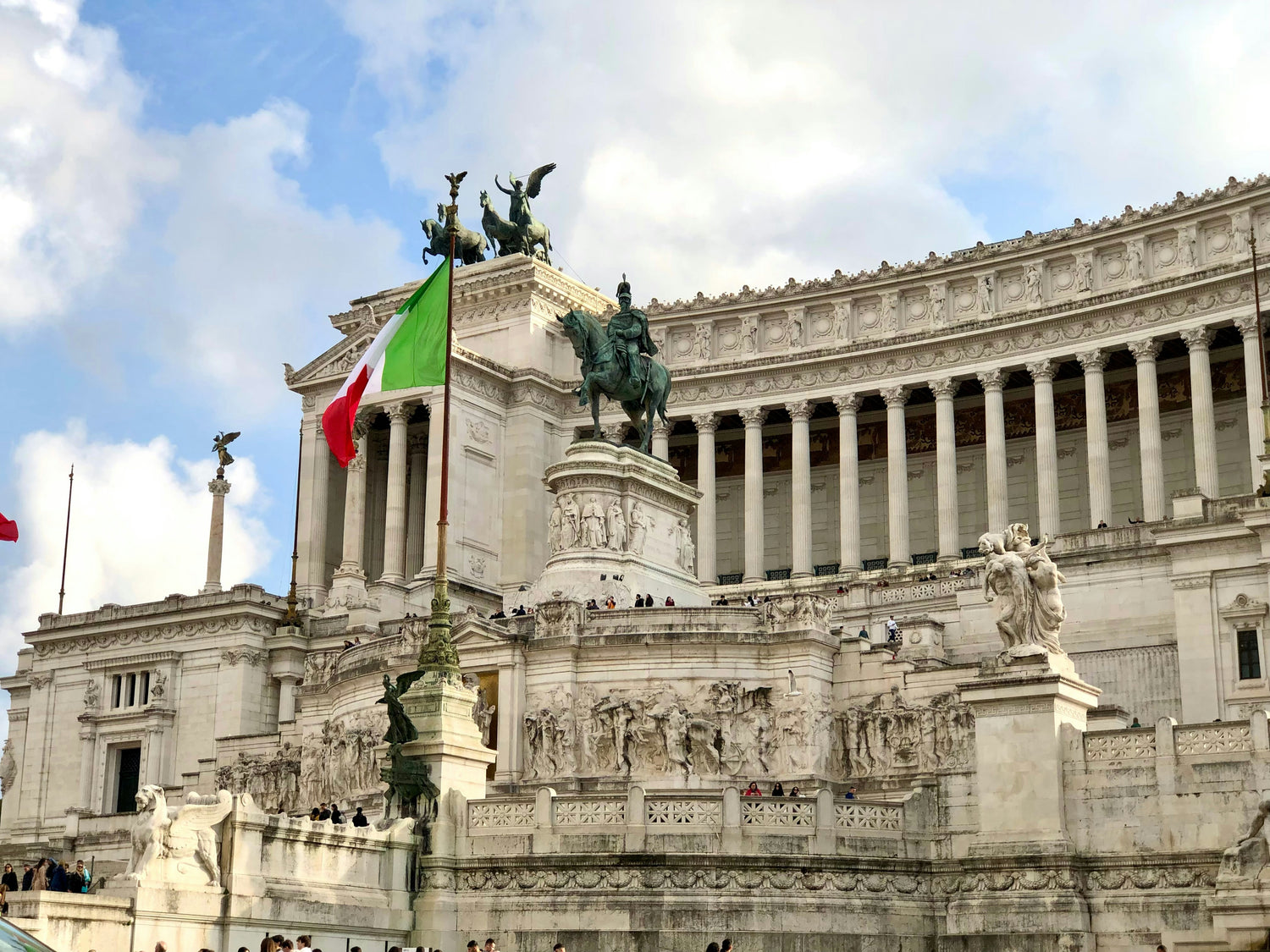
10. Monument to Victor Emmanuel II
The Monument to Victor Emmanuel II, also known as the Vittoriano, is a grand structure in Rome honoring Italy's first king. Completed in 1925, this colossal marble monument stands in Piazza Venezia and features an impressive white facade, intricate sculptures, and a central equestrian statue of Victor Emmanuel II. Its elevated terrace offers stunning panoramic views of the city. The monument also houses the Tomb of the Unknown Soldier, a tribute to fallen soldiers. Its imposing design and historical significance make it a key landmark in Rome’s architectural landscape.
